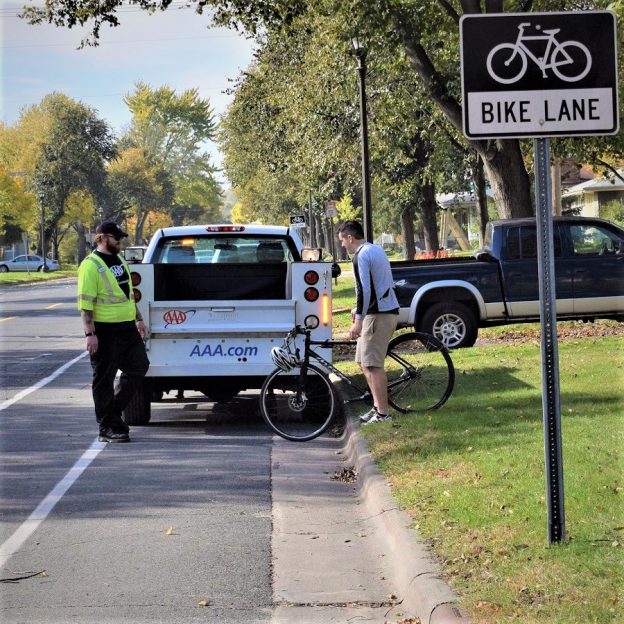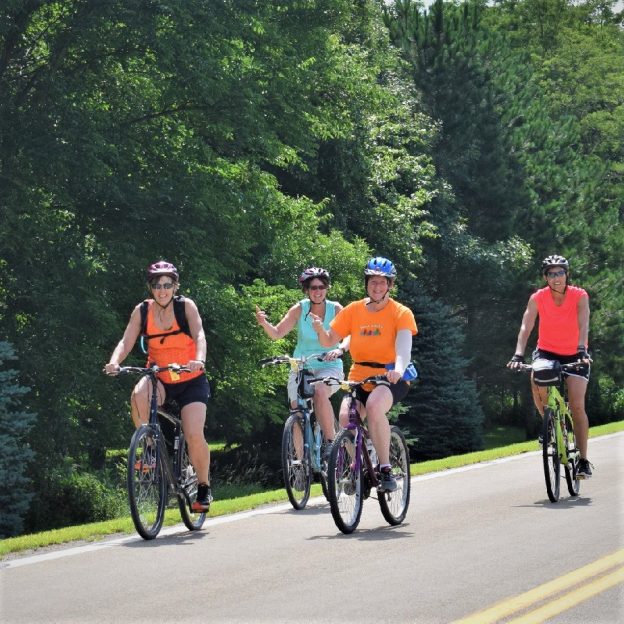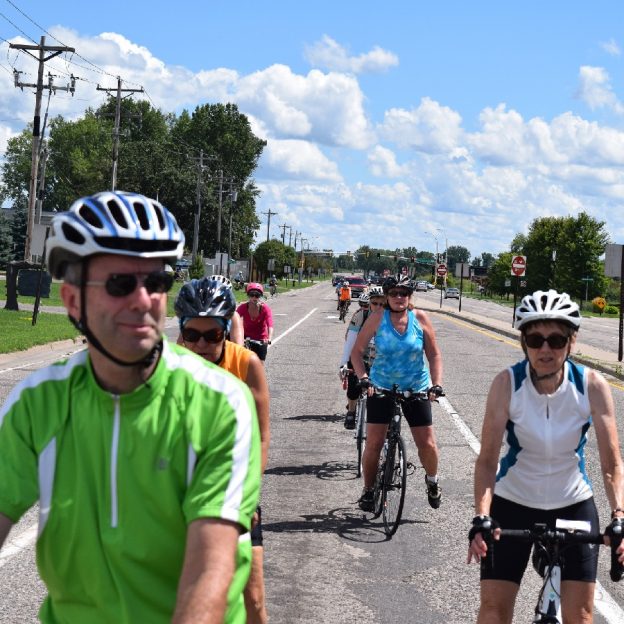Tag: AAA
-

Staying Safe by Assessing and Avoiding Road Hazards
Nothing spoils a great ride like a bad accident, but most accidents are avoidable. The easiest way to eliminate accidents is to assess road hazards in advance, and avoid them. Read on to learn about the most common road hazards and how to manage them.
-

New AAA Roadside Service adds peace of mind for your next bike ride
More people than ever before are taking to their bicycle for recreation and transportation. In a move to support riders, AAA is offering SAG support for cyclists. The company recently announced that it was extending its popular automotive roadside service to include bicycles. At HaveFunBiking.com, we review a lot of new products each year and are…
-

Riding Courtesy; Great Ways to Consider Others on Your Next Adventure
Traffic laws are different in each state. They guide how you should operate on your bicycle and also how drivers should treat you. These laws are designed to keep drivers and cyclists all safe. Offroad, most trail system have guidelines that match up with the published list of rules from IMBA. Beyond the Laws and…


